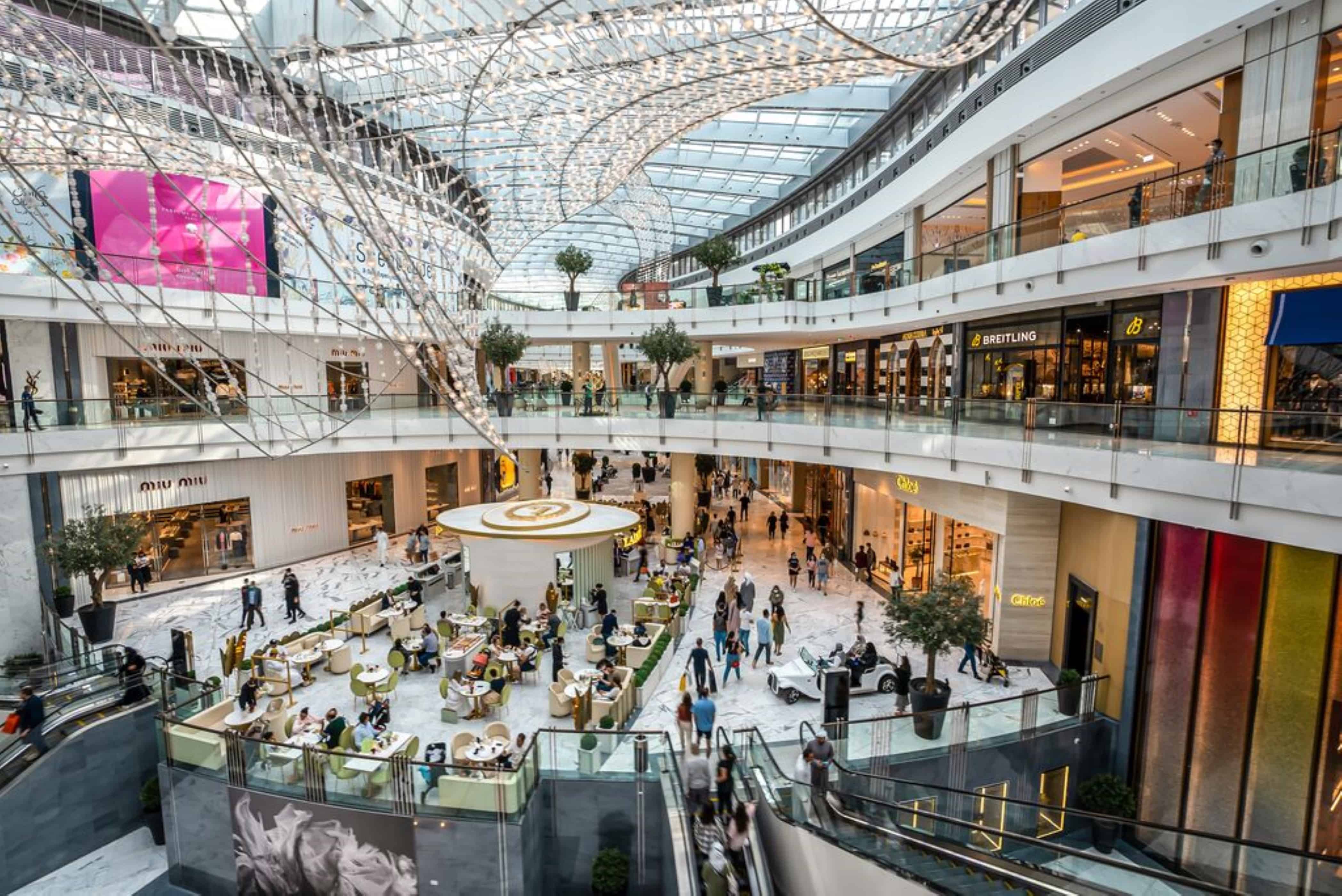In many countries, retail is already a troubled sector, with declining consumer demand and the threat from online and discount models.
In the last two years, the global economic climate has remained unpredictable and volatile due to the pandemic. Global inflation is predicted to increase by approximately 10 percent, and with global supply chain issues and economic insecurity on the rise, consumer purchasing power is in decline. However, amidst the adversity, there are positives for retailers to focus on.
According to Salesforce’s Q1 Shopping Index, digital engagement is higher than ever. The two-year online sales growth rate in Q1 is at 65 percent globally. This indicates businesses have substantial opportunities to engage customers and sell products online, but only if they get it right.
Shoppers are reshaping the retail scene
According to a recent McKinsey study, shoppers are transforming the retail scene at a faster rate than ever before. During the pandemic, nearly 40 percent switched brands or retailers, and more than 80 percent developed new shopping habits. Moreover, more than half of respondents who used a new channel or service, such as “purchase online, pickup in-store,” said they would keep doing so even after the pandemic. As a result, the online consumer is more powerful than ever.
However, how can retailers continue to entice customers in the face of global purchasing declines?
Here are three aspects retailers should focus on, according to Salesforce, the global CRM leader.
Keep your customers engaged online
In a time where the purchasing power is low, the customer needs to be inspired. With unlimited options and difficulties with decision-making at a high, helping consumers avoid choice paralysis is crucial.
Rather than providing long lists of products and prices searchable via filters, retailers can use digital platforms to ensure the right products are in front of the right customers.
Wherever consumers are browsing, collecting data at every touch point will help retailers get to know their clientele better and provide personalized experiences. Being able to share information and offers at the right time, based on previous interactions, and tailored to customers’ needs, will keep them invested and therefore investing.
To achieve this, retailers must rely not only on their channels but also harness the personalization power of social media to drive awareness and sales.
According to Statista, in 2020, the number of social media users globally stood at over 3.6 billion – nearly half of the world’s population. This presents a huge opportunity for brands to continue elevating their targeting capabilities and unlocking new audiences in the digital sphere.
An integrated ecosystem is important
Integrating a seamless experience across all devices is essential to securing and retaining business. While desktop websites used to be seen as the most crucial online purchasing platform, shopping traffic from mobile devices has remained 71 percent over the last nine quarters.
When it comes to the share of orders placed on each device, according to Salesforce data, 58 percent of orders are placed on mobile, with 39 percent on desktop.
To engage customers cross-device, businesses need to invest equally in their digital ecosystem. In a digital purchasing landscape, shoppers expect to move from app to app seamlessly and from one device to another with the same experience.
However, with the return of the high street, the physical retail realm should also not be forgotten. Ensuring the transition between physical stores and all digital devices is as seamless as possible is essential to engage customers and ensure they follow through to purchase.
Buy Now Pay Later schemes
As consumers contend with inflation and higher prices across the board, they are less likely to purchase multiple high-priced items all in one go. Flexible payment options such as Buy Now Pay Later (BNPL) offer a safety net for consumers in uncertain times.
By offering simple, transparent, and financially responsible payment tools, retailers can empower and encourage customers to invest in their products without financial stress. Not only does this help to build trust and loyalty amongst existing customers, and it opens them up to new customers who may have overlooked their business before.
Adaptation is the key
Amid a global inflation hike and a consumer purchasing power reduction, the retail industry must adapt. From optimizing their entire purchasing ecosystem to driving personalization and developing schemes that help consumers with finance management, retailers must work harder to attract and retain customers.
Ultimately, this evolving economic landscape must be seen as an opportunity. Only then will retailers ensure they continue enticing customers and delivering profit during a global purchase decline.








